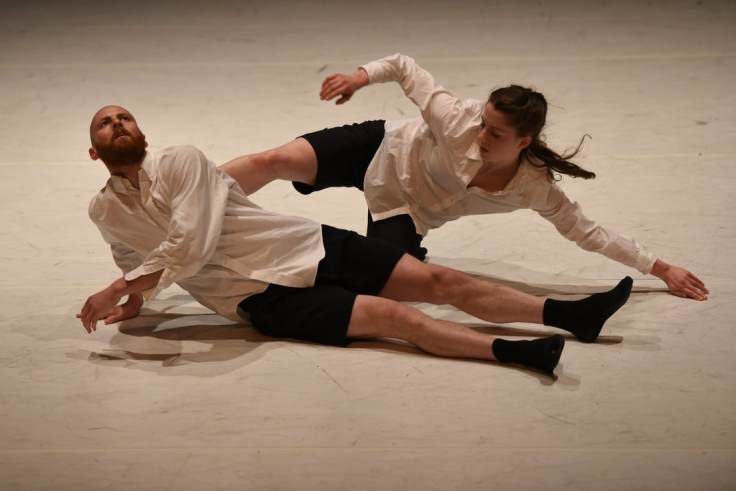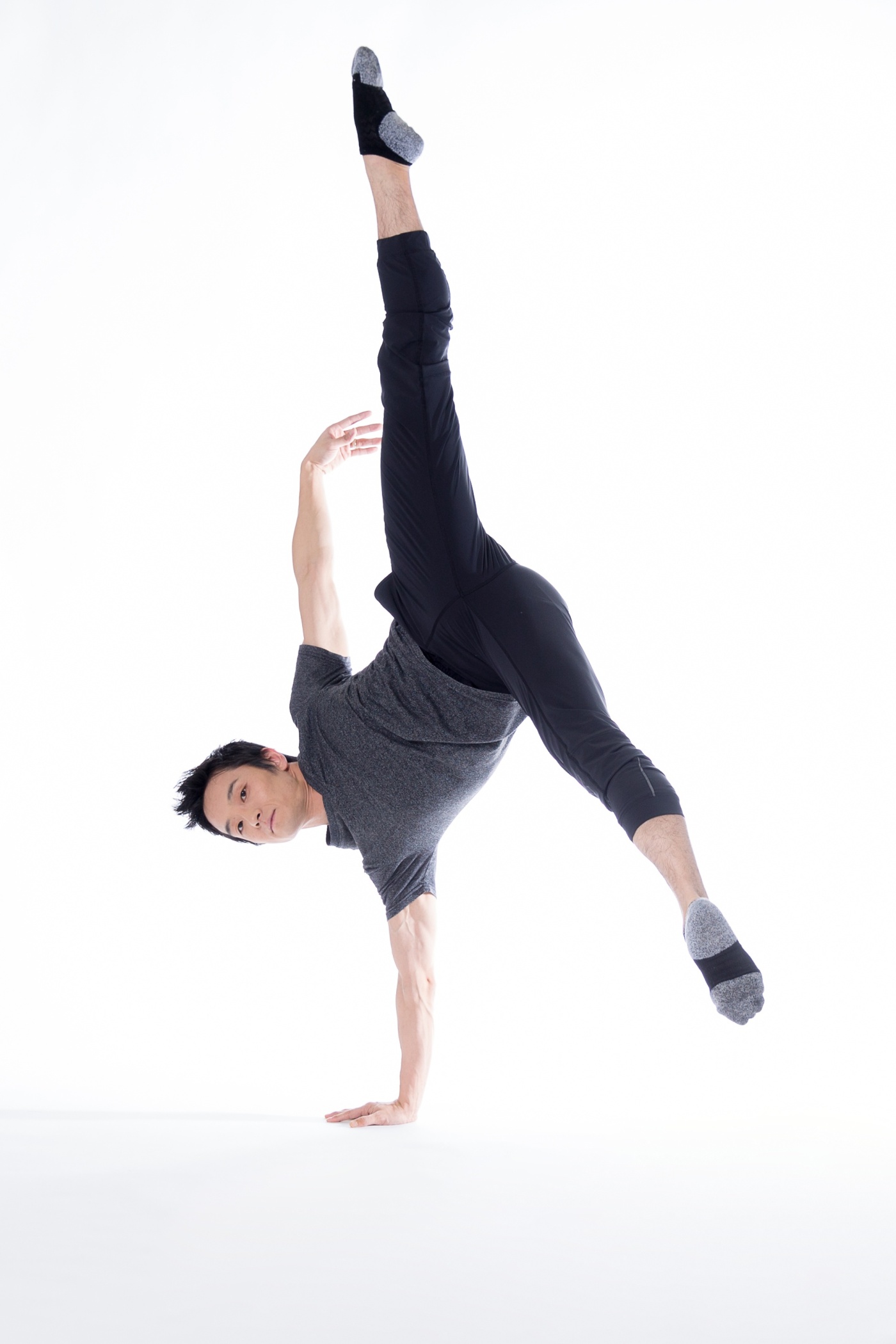Reverence, Yukuchi Hattori
Dialogue, Wen Wei Dance
My Tongue, Your Ear Lesley Telford
Friday October 19, 7pm, DJD Dance Centre
After finishing Mark Sakamoto’s novel Forgiveness, which dealt with the Japanese internment during the Second World War, Yukichi Hattori — who grew up in Japan, and later Germany, before emigrating to Canada as a young man to dance, choreograph for and inspire the Alberta Ballet — had a question.
“How they could overcome that,” he says, “and create an offspring who wasn’t hating the other culture — and how much patience and how much maturity as a human being that takes.”
The choreographed reflection to those questions is Reverence, a new piece Hattori premieres Friday, October 19, at the Fluid Festival in Calgary.
Inspired by the story of characters who overcame the trauma of the internment, Hattori — who left Alberta Ballet several years ago to open a successful dance school — also wondered how something so specific to a particular experience could be translated into a work of physical movement.
“I didn’t want to necessarily make a literal transformation of the book, so I kind of made the theme a little broader,” he says.
“I heard it in the grapevine, that they (also) tried to make a movie out of it, so — again, I didn’t want to tap into that road either. And I think the strength of dance is that: it can take as many shapes as possible an audience’s perspective while keeping the theme.
“It’s abstract.”
The piece is part of a triple bill at Fluid Festival Friday, when Reverence is featured along with Dialogue, from Wen Wei Dance and My Tongue, Your Ear from Lesley Telford.

(My Tongue, Your Ear, by Lesley Telford)
Connecting thread
The connecting thread with all three pieces, says Fluid Festival artistic producer Nicole Mion, is that they all blur the traditional boundaries that separate classical ballet and contemporary dance.
“Yukichi is our (dance) star in Calgary — and what he’s done at Alberta Ballet — and now what he’s doing at his own company,” says Mion. “He’s creating his own genre — and a place! The school’s doing well. He has this distinct choreographic identity. He’s an amazing performer.
“In the ballet world, usually you are part of this big system — and he’s been able to thrive within that, but then take all the best parts of that, and bring it to his own terms, which I think is just amazing.”
Part of what makes Hattori’s choreography so compelling is that he is constantly looking for innovative ways to take the conventional lines of classical dance, and turn them on their head, usually in ways that are delightful, sometimes whimsical and always engaging.
He also plays with the status relationships in classical dance, in updated adaptations of things like Carmen, which the Alberta Ballet presented in 2016 — an approach to dance Mion says he shares with Telford and Wen Wei.
“The relationships in classical ballet are very different than what happens in contemporary (dance) form,” she says.
“There’s a line involved in ballet that’s very distinct and builds the body in a certain way — and to subvert that, and the body itself and the themes is exciting to see. And he’s doing it really well. And honourably.”
That blends well with the choreographic practices of Telford and Wen Wei, she adds.

(Dialogue, Wen Wei Dance)
“Lesley Telford, who comes out of Netherland dance theatre, moved back to Vancouver a few years ago, and she’s really this new kind of voice on the scene, doing some amazing work,” Mion says.
“(By comparison), Wen Wei I think has been in Canada 20 years now and this piece in particular is about identity and finding your place in a new place, and what is awkward and full of opportunity in that experience.”
Silence
Reverence marks a departure for Hattori in terms of sound.
Namely, that for long stretches of the 20-minute long piece, there is none.
“This one has lots of silence — there’s no time code — so where ever the piece takes us, that’s where it will go, so very interesting right now,” he says.
That absence of soundscape is a choreographic game changer, he admits.
“I think so,” he says.
“I’m uber musical so when I have the music, it morphs into me being the medium of the music and the story.
“But this way, I can really think about the experience itself.”
And in that way, it changes the way audiences experience Reverence as well.
“This will require a lot of audience participation in that respect — you have to be actively participating, you can’t sit back and let it come to you, I think.
“And I haven’t done many pieces like that, so this is a great challenge for me.”
More Fluid Festival:
What’s skin got to do with it? Pamela Tzeng explores identity with That ch*nk in y/our armour
Fluid Festival balances caution with high hopes to generate beautiful movement

Leave a comment